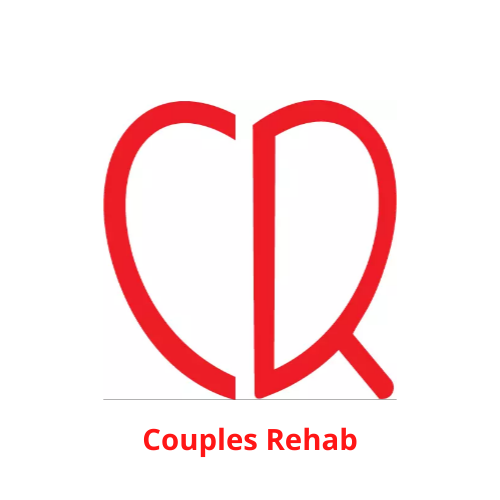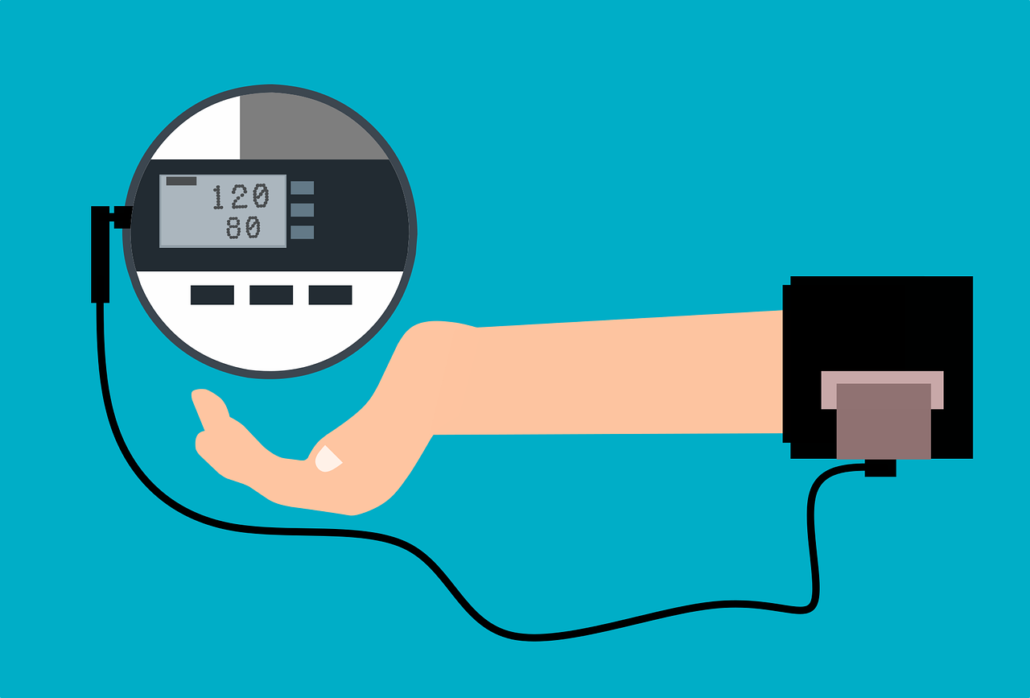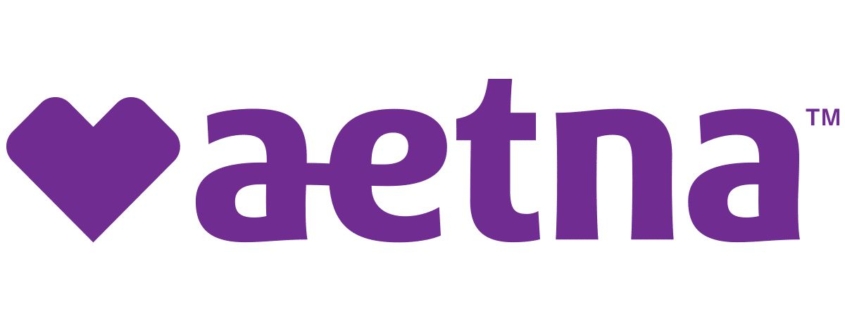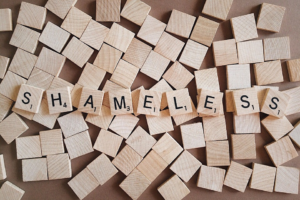Want to know more about druk sex? What does alcohol do for or against you during sex?
Alcohol affects sexual desire, arousal, and performance
A recent study by psychologists at the University of Washington reviewed an enormous body of research regarding the effect of alcohol on sex. These researchers found that men and women have similar beliefs about how alcohol affects their sex lives. A typical “drink” is around 14 grams of pure alcohol, which is equivalent to five ounces of wine, 12 ounces of beer, or 1.5 ounces of distilled spirits.
Although the effects of alcohol on sex drive can be difficult to recognize in the short term, it is important to understand how alcohol works. Studies have shown that alcohol affects libido in several ways. It decreases libido, and arousal, as well as the quality and pleasure of sex. In addition, it affects mood and body functions. Alcohol is not the only problem, as it can lead to depression and anxiety.
While some studies suggest that women are not affected by alcohol during sex, they are based on a small number of studies, which are often biased and do not represent a general population. Furthermore, women are typically liberal and young, making these studies unlikely to be representative of daily life. Therefore, the results of these studies cannot be used to draw firm conclusions. While these studies are a starting point for research, further study is needed to assess the effects of alcohol on women.
It prolongs sex
Drunk sex is often a great way to lengthen sex time and make your partner swoon. People who drink exclusively for sex usually limit their sex to the morning or afternoon. They also limit themselves to certain types of sex, including less intense or challenging ones. Sober and drunk sex are both different, but you’re more likely to try something new and different while drunk. Sober orgasms are stronger, too.
In a study of men in nine European cities, researchers found that about one-third of men and one-quarter of women consumed alcohol specifically to prolong sexual intercourse. The most common reasons for alcohol use were to increase arousal, lengthen an erection, or deriving sexual excitement. The researchers concluded that heavy drinking promotes sexuality and boldness and helps men and women overcome social stigma.
It causes delayed ejaculation
While drunk sex can delay ejaculation, it is not the only cause of the problem. Alcohol can also affect men’s sexual function, causing delayed ejaculation. A doctor may suggest a number of treatment options, including stopping certain drugs, reducing alcohol consumption, or switching prescription drugs. Other treatments include addressing mental health issues and drug use. Treatments may include reducing the dosage of prescription drugs, changing sexual habits, or addressing the underlying causes of the delayed ejaculation.
There are numerous psychological and physical causes of delayed ejaculation. Some causes are diabetes, surgery, certain prescription medications, street drugs, or mental disorders. The other causes of delayed ejaculation are due to psychological factors, such as feelings of guilt or fear. Delay in ejaculation can cause you to feel physically drained and uncomfortable, which can make your partner feel uncomfortable.
If the cause of the delayed ejaculation is alcohol, you may need to cut down on alcohol intake. Alcohol, as a social lubricant, can prolong libido and increase arousal. However, alcohol also constricts blood vessels and can interfere with an erection. In addition to delayed ejaculation, alcohol can also contribute to poor performance.
If alcohol is the cause of delayed ejaculation, you can seek treatment to help improve your sexual function. A therapist can help you determine whether alcohol is a factor. Some medications may affect your sexual function, including alcohol. If you do have mental health concerns, alcohol may also play a role in delayed ejaculation. In addition to alcohol, drug abuse and substance use can contribute to delayed ejaculation.
Alcohol can slow your brain’s activity, making it difficult to process information and react quickly. While alcohol makes social interactions easier, it can also slow down your nervous system. Your nerve endings can’t receive the same signals from your brain as they would when you’re sober. Thus, you will not reach orgasm during sexual intercourse. It’s essential to consult with a professional to learn more about your condition.
It increases testosterone levels in females
Drinking alcohol affects the hypothalamic-pituitary-gonadal (HPG) axis, which controls the production of both sperm and testosterone. Alcohol alters this balance, causing the body to produce less testosterone and therefore less sperm. This can adversely affect fertility. Alcohol causes the liver to produce byproducts, including estrogen and prolactin. In addition to this, drinking alcohol lowers the levels of testosterone and other key hormones in the body.
The study conducted in pigs revealed that alcohol consumption decreased females’ testosterone levels during sex. This is despite the fact that the level of testosterone returned to normal within 30 minutes. However, the amount of deuterium was higher in the drunken testes of male participants. Moreover, the study showed that testosterone levels were significantly increased in females when the drinking was moderated. While the study found no differences between males and females, it is important to note that alcohol consumption may negatively impact a woman’s libido.
Previous studies have found that increased levels of male and female testosterone are associated with arousal. However, these studies had mixed results. While earlier studies showed no correlation between drunken sex and higher testosterone levels, more recent studies conducted in a natural setting and with a larger number of subjects found similar results. Sexual stimulation and activity to raise levels of testosterone. However, in this case, the effects are limited.
Alcohol consumption during pregnancy is also a risk factor for increased levels of testosterone. Studies on twins have shown that the presence of a male co-twin reduces the risk of alcohol dependence. The association between high levels of testosterone and increased alcohol intake was not present in males who were not co-twins. Although, it is not clear why alcohol affects alcohol levels in pregnant women. However, in general, alcohol abuse does increase testosterone levels.
In a study published in the British Journal of Sports Medicine, researchers found that the increase in testosterone significantly boosted the performance capacity of young, physically active women. The increase in testosterone levels was attributed to the participants’ mental state, and self-rated performance scores were directly related to testosterone levels. Exercise, in fact, is also a positive influence on testosterone levels in both men and women. This effect is particularly notable when the subjects are athletes and perform sports.
Dangers of Drunk Sex
What are the consequences of drunk sex? You might think that if you get too drunk, you’ll be incapable of having sex. But it’s more dangerous than you think! Indulgent sex can lead to unclean sex toys and recorded sexual romps. Having drunk sex can even result in sexual acts that don’t require condoms! So, how can you avoid such scenarios? If you and your partner are struggling from alcohol abuse please contact our helpline now.



















